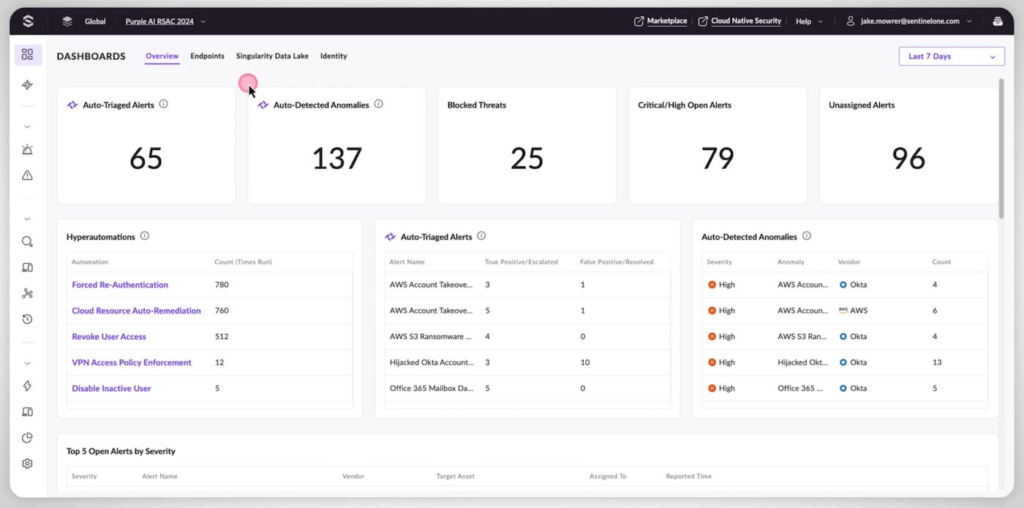7 No-Fluff Cold Call Script Examples You Can Steal
You don’t want to waste peoples’ time, and you certainly don’t want to waste your own. With a cold call script, sticking to the fundamentals is a good idea, especially early on. Here are seven efficient and effective scripts you can use to get started. Plug in your company’s information, tweak the script so that it sounds natural for your reps, and then pick up the phone. 1. Cold call script for B2B sales Rep: Hi, this is [NAME] with [COMPANY], is [CONTACT] available? Contact: What do you want? Rep: Do you have two minutes to talk about how to improve your customer service with an upgraded CRM? Contact: Not really… Rep: No problem, I totally understand. Can I send you a quick email with a rundown of how our CRM increases first call resolution rates by 50% within the first month? This script is useful because it contains the core elements that any cold call needs to get off the ground — a transparent welcome, a quick statement of intent, and empathy throughout. The customer knows almost instantly what’s going on in the call, so when they say they’re not interested, the rep respects the decision and redirects to an email signup offer. Notice that the script sneaks in another benefit to the customer as they pitch the email option — a 50% increase in first call resolution is attention-grabbing for someone running a call center. It increases customer satisfaction, decreases call queue times, and creates wider profit margins without having to hire a single new agent. Say the person doesn’t believe the sales claim of 50% reduction — perfect. They’ll be primed to engage with the email, where your company’s case is laid out in as many words as you like. In the mean-time, your rep is already making more calls. Lead nurturing is part of B2B sales, and with this script, some fraction of contacts will enter the top of your sales funnel. 2. Script for B2C sales Rep: Hi, is this [CONTACT]? Contact: Yes, who’s calling? Rep: Hi [CONTACT], this is [NAME] from [COMPANY]. How are you doing today? Contact: Fine. Why are you calling? Rep: I’m calling because we’ve just launched our new VoIP phone service that I believe could be of interest to you. It’s designed to provide the same quality of calls you get with any major cell service at a much cheaper rate. Contact: I don’t really need that. Rep: I understand. Would you be open to hearing a bit more about how our [PRODUCT NAME] works and enables teams to collaborate compared to your current setup? This script continues on with the pattern of intro-context-empathy, but subtly steers the conversation away from price and towards improved collaboration. In this case, the caller already knows that the service could be cheaper, so offering the idea of employee enablement fit could provide another reason to stay on the call. If the customer bites on this, there are already two strong reasons why they might want to close the sale. And if not, reps should note the outcome of the interaction in the CRM software, and move on to the next contact. Keep the rhythm going, there are many calls to make. Consider using an outbound dialer to win the numbers game that is B2C cold outreach. 3. Cold intro script for qualifying leads Rep: Hi [CONTACT], this is [NAME] from [COMPANY]. How are you today? Contact: I’m fine. How can I help you? Rep: I’m reaching out because we specialize in helping businesses increase their customer satisfaction rates by using our CRM. Can I ask you a few questions to see if our solution might be a good fit for you? Contact: Actually, I’m quite satisfied with our current system. Rep: Oh that’s great! Can you tell me a little bit about what you like about it? This script might read like a sales script, but it’s actually designed to qualify leads. For example, if the contact hears about the CRM and isn’t interested at all, it’s a sign that they could be the wrong fit — especially if they respond by saying that they don’t have anything to do with CRMs. However, since the contact in this example indicated CRM knowledge, this tells the rep that they could be both a decision-maker and a quality lead for the future. The redirect after the objection is similarly well done. Instead of being disappointed by a lead that says they’re not interested, the rep redirects the conversation to acknowledge the contact’s answer in a positive way while also giving the floor right back to them. This makes the contact feel respected and also gives the rep a chance to gather important information about what other CRMs are doing well and how their customers feel about them. 4. Cold call script to pitch a product or service Rep: Hi, this is [NAME] from [COMPANY], I’m calling to talk to you about our new [PRODUCT] package that increases employee efficiency and customer satisfaction. Contact: No thanks. Rep: Right, nobody likes getting a cold call. May I ask you one question before we go? Contact: Sure… Rep: Do you absolutely love your current [PRODUCT], or does it work just good enough? This script is a good example of how to deal with an uninterested customer. It establishes intent right off the bat so the customer knows what’s going on, and it also gives them a mini sales pitch in the first sentence. When they indicate their lack of interest, the rep takes it in stride before asking for permission to make one more request. When the contact grants it, they ask a question that moves the conversation into the realm of feelings, which may give the rep a chance to engage in emotional selling techniques. This is often a more fruitful strategy than trying to win people over with sterile data about tech specs, features, costs etc. Worst case scenario, they’ll walk away with valuable information
7 No-Fluff Cold Call Script Examples You Can Steal Read More »













